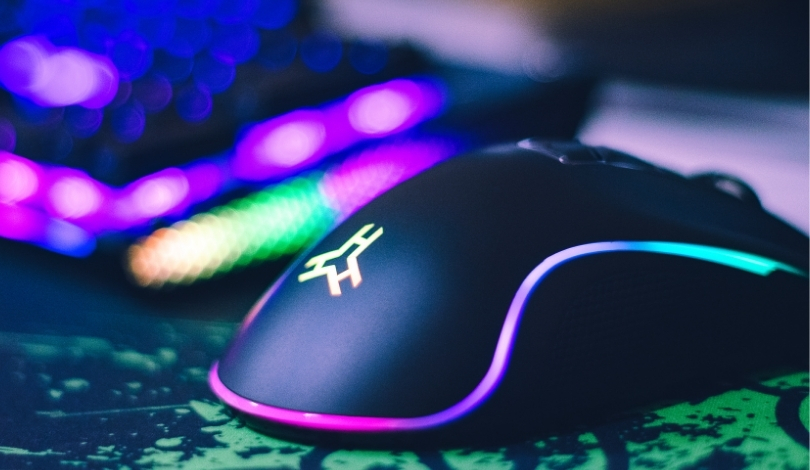Dan Marshall, founder of Size Five Games, has been observing the indie gaming scene shift dramatically since he first entered it nearly two decades ago. He notes the elusive success factors for indie games on Steam, suggesting that achieving a hit resembles trying to solve an unsolvable equation. Although Daniel Marshall emphasizes quality as a criterion, many well-designed games still go unnoticed each day. His reflections offer insightful perspectives for developers grappling with the unpredictable nature of the gaming market.
The landscape for indie games has evolved significantly, where earlier endorsements from influential figures like Notch could dramatically boost sales. Now, even exposure through massive social media followings rarely translates into substantial sales. This shift underlines the changing relationship between consumers and digital influencers. As previous metrics like Steam wishlists also lose their predictive power, developers find it increasingly challenging to navigate these waters. Competitors now face the compounded difficulty of gaining visibility amid a barrage of daily releases and flooded recommendation systems.
Are Old Strategies No Longer Effective?
Old strategies for gaining attention on platforms like Steam are losing efficacy. Marshall recalls times when a mention from a well-known figure could dramatically elevate a game’s status. Today, such mentions barely change anything. The issue is rooted in how audiences interact with influencers, now seeing their endorsements as meaningless noise, quickly moving past what doesn’t immediately interest them. This observation reflects a larger industry trend, where marketers struggle to capture and retain consumer attention continuously.
What Consequences Result from the Shift?
The lack of reliability in previous success strategies has consequences for both developers and the gaming community. Developers, the likes of whom have relied on features like wishlists and influencer mentions, now grapple with diminishing returns from these methods. Concurrently, gaming journalism also finds itself struggling to predict hits in a steadily inflating market of competing titles. The landscape has become unpredictable, leaving many to question how new indie games can achieve the viral success seen by predecessors in previous years.
Can Developers Master Steam’s Discoverability?
Gaining traction on Steam now often appears to be about luck rather than strategic planning. Vampire Survivors exemplifies how unpredictable the gaming market can be, unexpectedly turning its modest beginnings into a thriving game genre. Marshall’s reflection acknowledges the challenge of experimentally emulating such success. Instead, sustaining passion for creating quality games might be the only viable strategy left for independent developers, despite the unknowns of discoverability and dwindling attention spans from potential players.
Ultimately, the careful balance between nurturing artistic integrity and navigating complex commercial landscapes defines the indie game sector. With traditional methods losing potency, emerging game developers must blend creativity with adaptability to survive. Understanding consumer behavior and incrementally shifting strategies may provide marginal benefits. The survival of indie developers, much like Size Five Games’ persistent journey, relies on perseverance and adjustment to changing dynamics in this competitive arena, with success stories serving as learning opportunities rather than guaranteed paths to victory.










